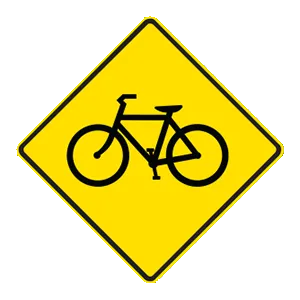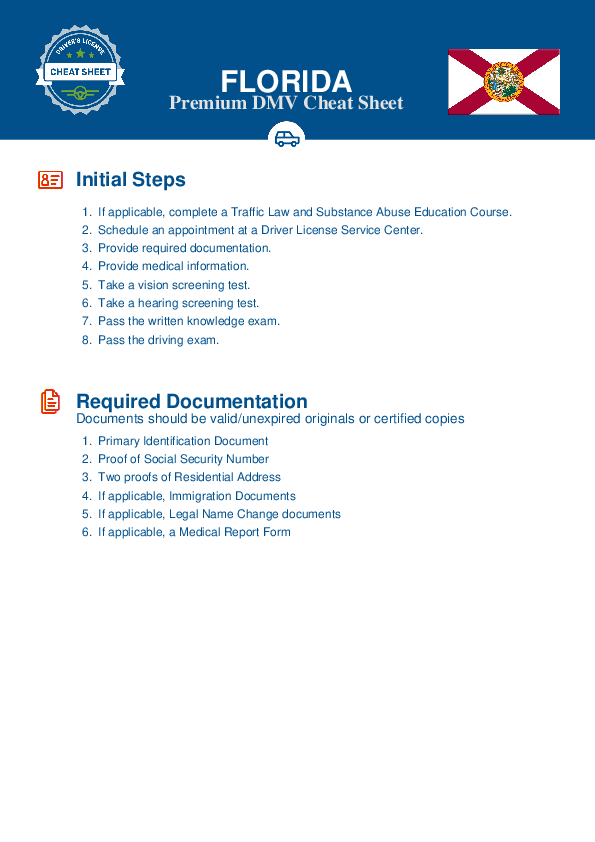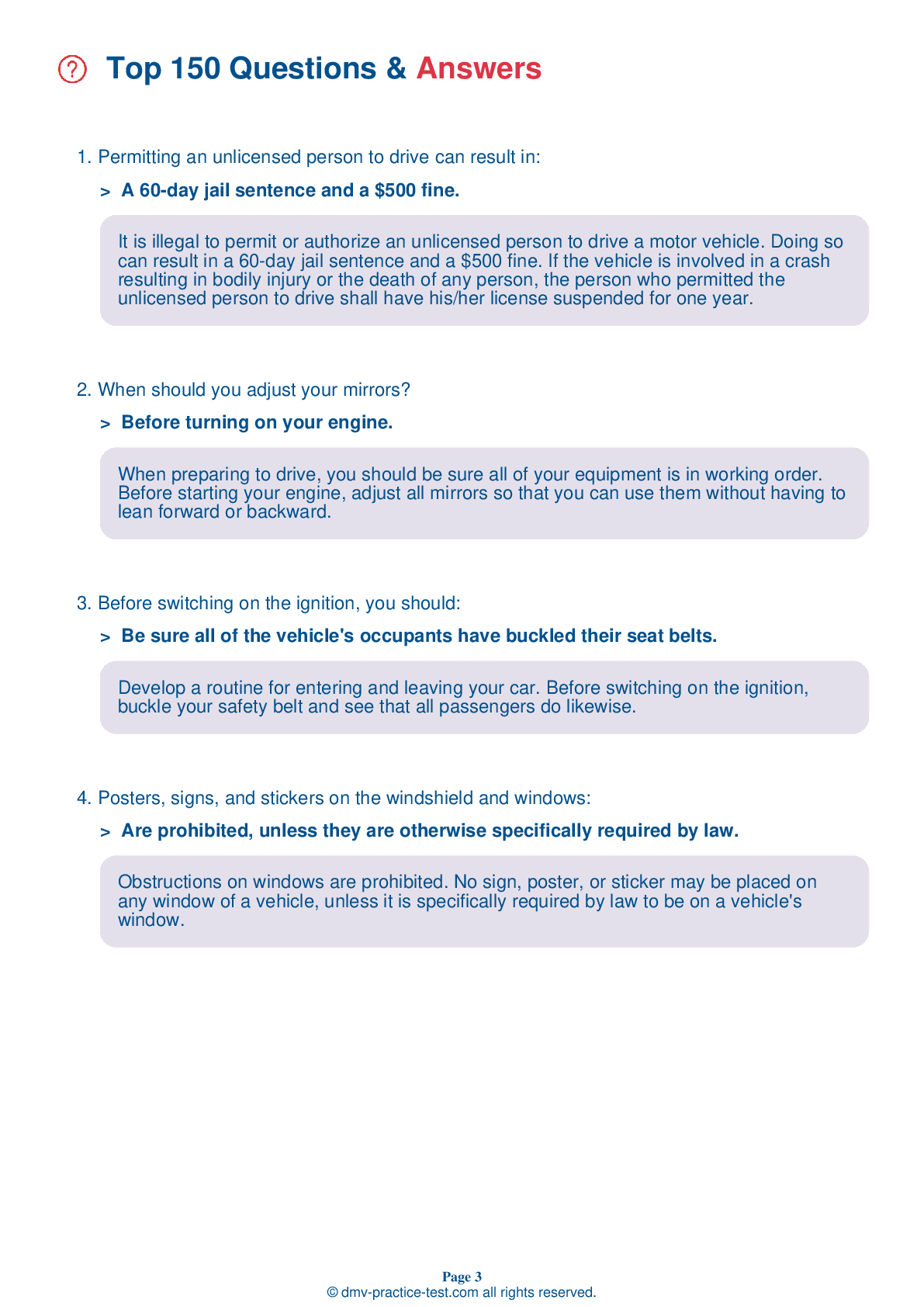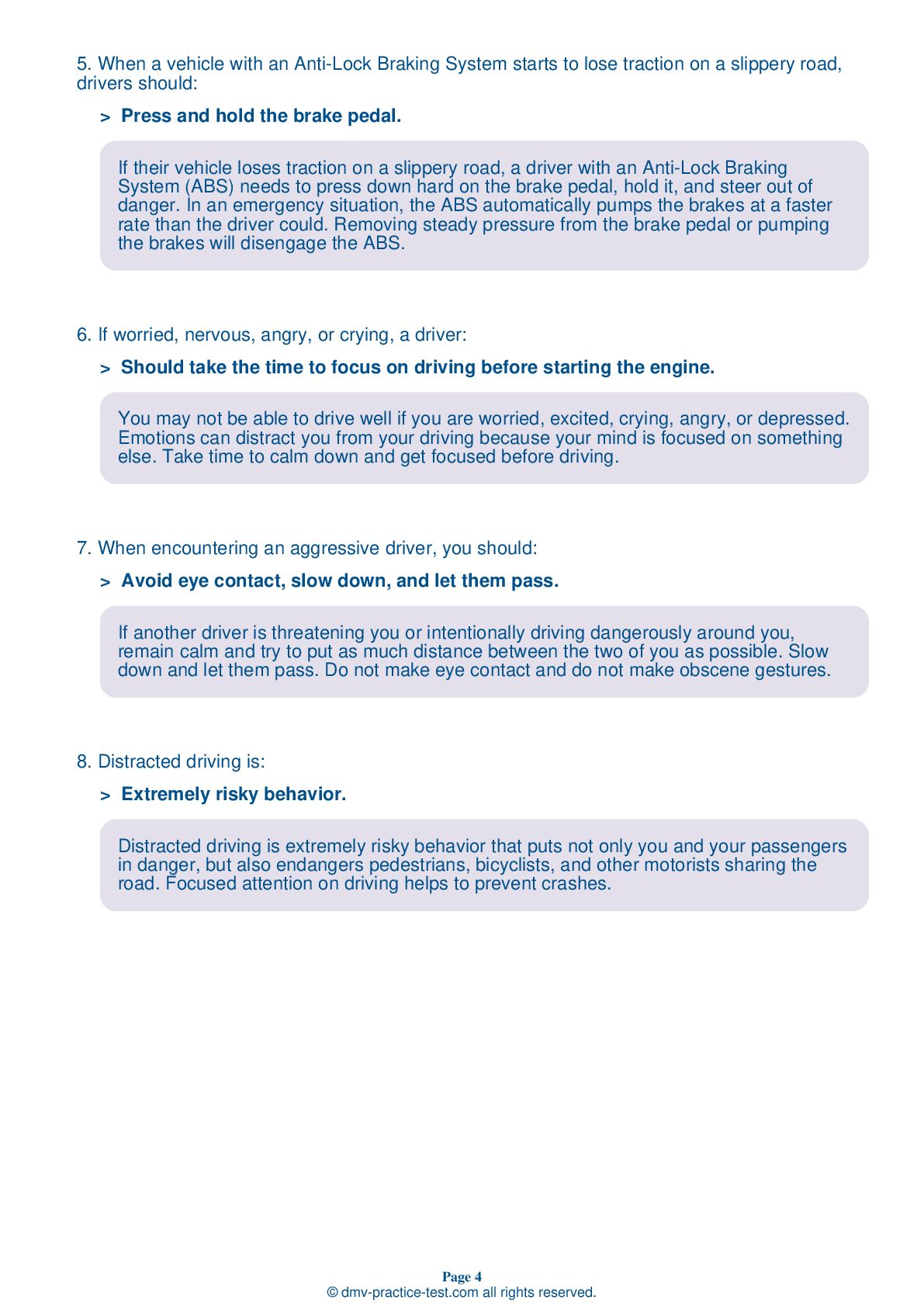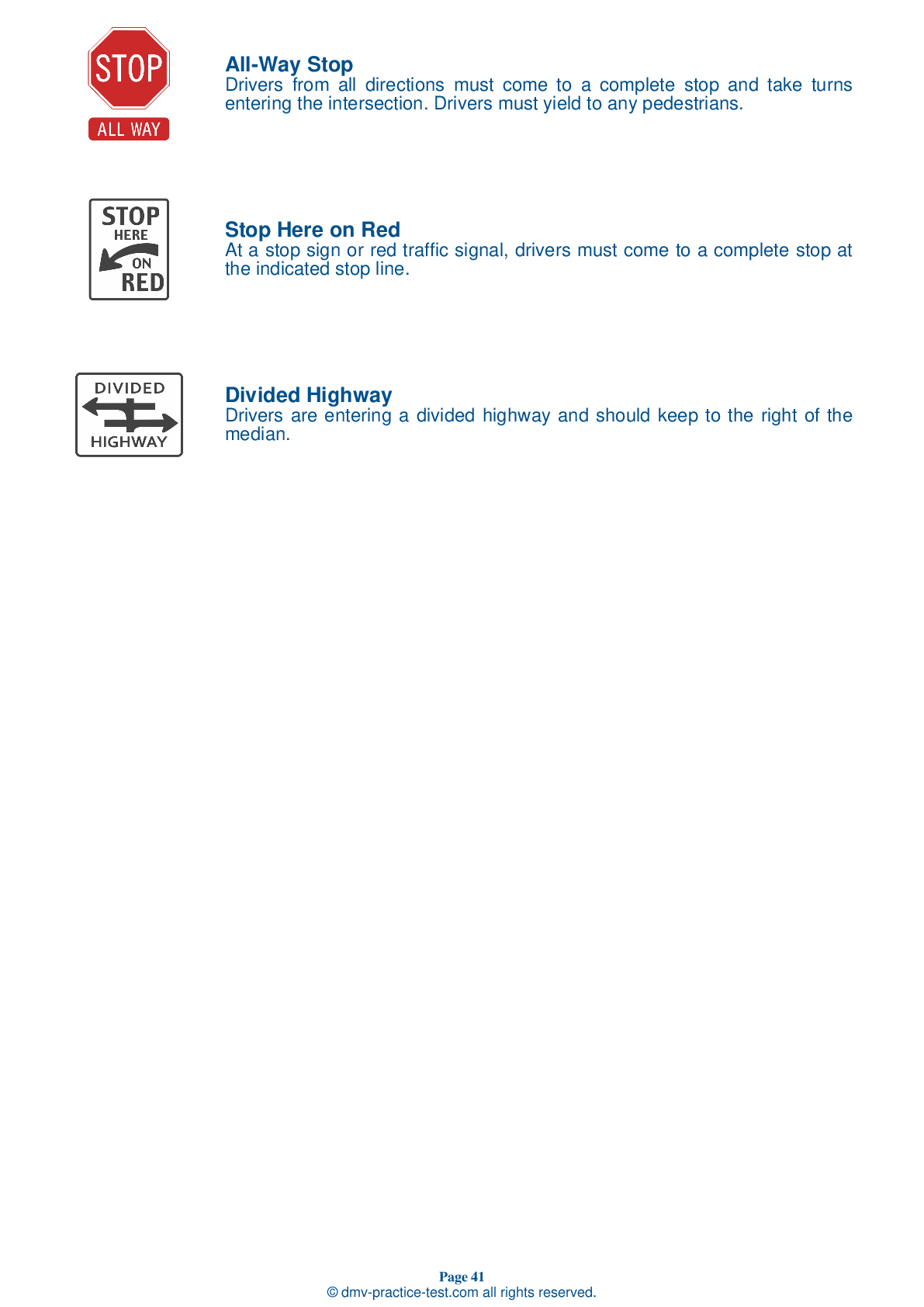FREE Florida DMV Practice Test #2
This set of DMV practise tests for the Florida has been updated for January 2025. It includes questions based on the most important traffic signs and laws for 2025 from the Florida Driver Handbook. To study for the DMV driving permit test and driver's licence exam, use actual questions that are very similar (often identical!) to the DMV driving permit test and driver's licence exam.
Each question on the practise exam has a tip and explanation to help you recall the ideas. Questions about traffic rules, traffic signs, and driving statutes, as well as information from the Driver Handbook, will be included in the written portion of the official DMV test.
You must properly answer 40 of the 50 questions to receive the required passing mark. To help you prepare for your Florida instruction permit or driver's licence, take our DMV practise test.
The DMV exam is offered in a variety of languages.
Using any kind of testing assistance will result in an automatic fail, and the DMV may take additional action against your driver's licence, so stay away from it.
1 . When driving to an unfamiliar area, you:
When driving to an unfamiliar area, plan your trip in advance. Don’t start with only a hazy idea of where you are going. If your destination is in an unfamiliar area, check the location on a map before you start to drive.
2 . Which of the following is a safe way to drive through a curve?
You should slow down as you enter a curve and increase your speed gradually as you exit. Increasing your speed as you enter a curve will make it more difficult to control your vehicle.
3 . When you see or hear an emergency vehicle coming, you should:
When driving on a two-lane roadway or undivided highway, you must yield to an emergency vehicle using its lights and/or siren, regardless of the direction from which it is approaching. Immediately drive as near as possible to the right side of the road and stop, taking care not to stop within an intersection.
4 . What color are pavement markings that separate traffic lanes moving in opposite direction?
Yellow lines are used in the center of the road to separate lanes of traffic moving in opposite directions.
5 . What should you do when you see this sign?
.png)
This sign indicates that there is a railroad crossing on the road ahead. You should always slow down when approaching a railroad crossing. Trains cannot yield to cars, so you must let them pass before crossing the tracks.
6 . To turn left from multilane, one-way streets and highways, you should start from:
To turn left from multilane streets and highways, start from the left lane.
7 . This sign means:
